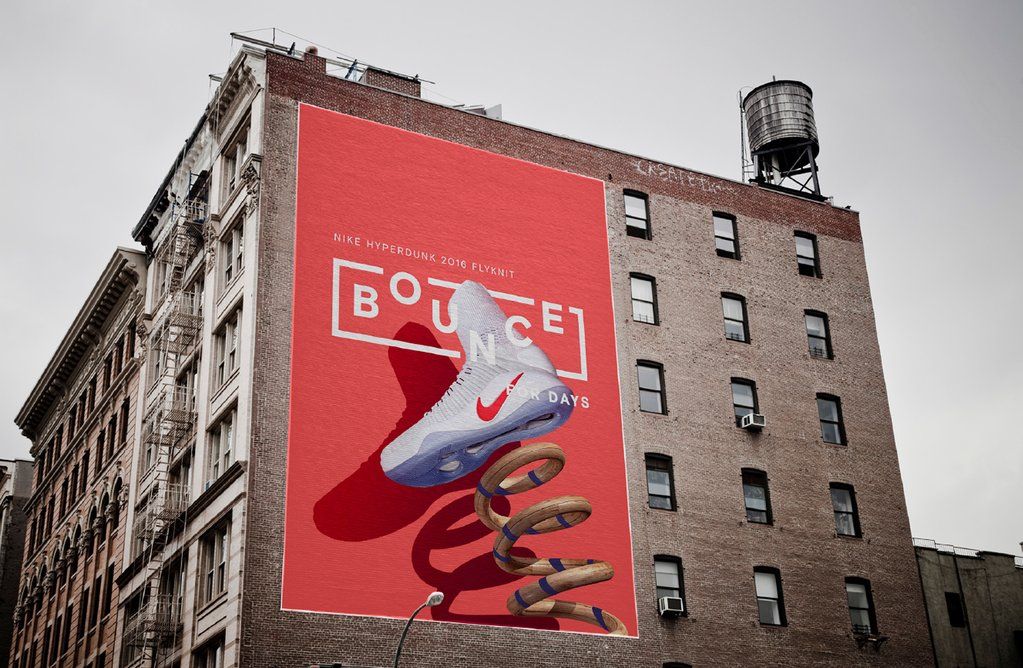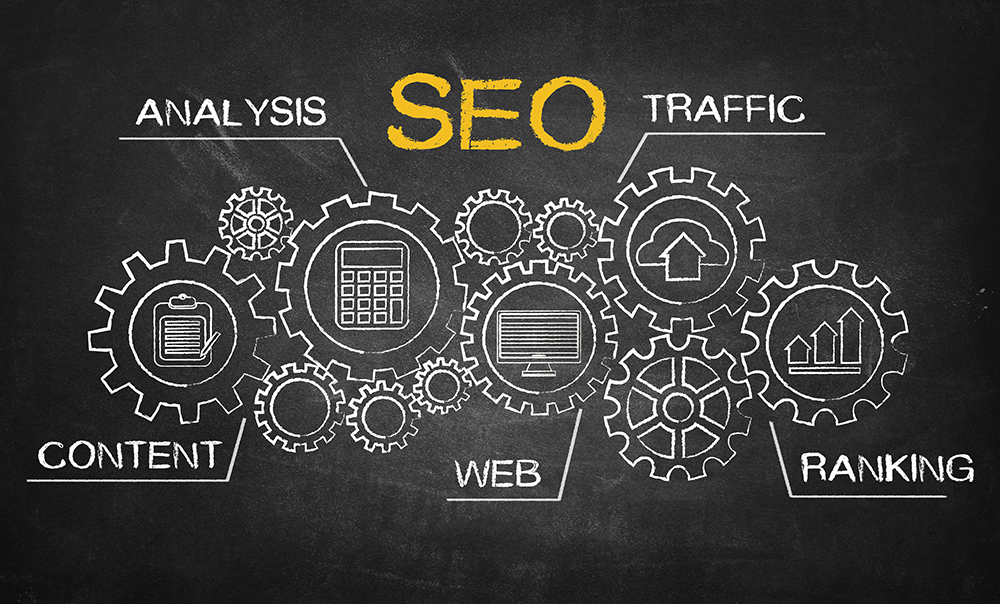This weekend, somebody asked me what I do for work. “I’m in B2B marketing,” I replied.
The person smiled and nodded, but I could tell it was out of politeness rather than understanding. “Oh, cool,” they said.
“So what’s B2B?”
Now, this person isn’t in the business world. But their lack of familiarity with my language drove a point home for me: The marketing industry is packed with jargon.
And while our terms can seem straightforward and sensible from the inside, I know that they can often be confusing – especially if you don’t spend your day reading marketing articles.
So, in this article, we’ll clear up one of the most fundamental distinctions in the marketing world: the difference between B2B marketing and B2C marketing. Hopefully, by the end, you’ll know what B2B and B2C marketing involve and how they’re different.
Whether you’re like my new friend and are new to the whole concept, or whether you have some background in these fields and are looking to go deeper, I think this will be helpful.
Ready? Let’s dive in.
What is B2B marketing?
To understand B2B marketing, you need to know what the acronym B2B means. It stands for “business to business.”
As Disruptive puts it: “B2B businesses sell products and services directly to other businesses. Or, more specifically, they sell to the decision makers in any particular business.”
Marketing, of course, means bringing a product or service to a market.
So, B2B marketing involves bringing a product or service to organizations rather than to consumers. For example, an IT company that provides services to doctors’ offices is providing a B2B service. Any marketing for this service – from Facebook posts to blog articles to Google ads – would be B2B marketing.
What is B2C marketing?
If you didn’t know, you’ve probably guessed at this point – B2C stands for “business to consumer.” As HubSpot puts it, “it describes businesses whose customers are individual consumers, rather than professional buyers.”
When you think of marketing, B2C marketing probably comes to mind first because you’ve probably seen more of it.
Nike billboards, GEICO commercials, Instagram ads for weirdly comfortable sandals – those are all bringing products or services directly to the attention of consumers who will buy them for personal use. They’re all examples of B2C marketing.
GEICO ads are classic B2C marketing.
How are B2B marketing and B2C marketing similar?
Now that we’ve distinguished B2B marketing and B2C marketing at a high level, let’s take a look at how they’re similar.
B2B marketing and B2C marketing are both, well, marketing.
I know that sentence seems a little redundant, but what I mean is that both practices involve all of the core principles of marketing: branding, awareness generation, messaging, targeting, and so on.
Or, put more succinctly: Any general marketing principle can be applied to both B2B and B2C.
B2B and B2C marketing can involve the same tactics.
As a B2B marketer, I use many of the same tactics that my B2C counterparts do: social ads, email marketing, content marketing, and so on. While the effectiveness of each channel varies from context to context, there is certainly tactical overlap between these two practices.
How are B2B marketing and B2C marketing different?
While B2B and B2C marketing have many similarities, they also have some key differences.
Most people have an inherent familiarity with B2C marketing, since, again, you experience it countless times per day each day of your life. Because of that, I’m going to approach this section through the lens of B2B marketing.
Here’s how B2B marketing differs from the marketing you’re more used to.
B2B marketing typically involves buying groups.
While B2C marketing is usually designed to encourage one person to make a buying decision, B2B marketing is usually designed to convince a group to make a buying decisions.
This is because B2B buying decisions tend to require input from multiple stakeholders.
For example, our company uses software to track our SEO results for clients. We recently needed to switch platforms, and I was assigned to find a new software tool for us to use. I did the research on my own, but before we bought the subscription, I presented my findings to a group that approved my recommendation.
This is a common flow for B2B buying decisions: One person (or a group of people) researches solutions. Then, they get buy-in from organizational stakeholders.
This means that B2B marketing must convince both the researcher and the group in order to drive a sale. Sometimes, this means designing multiple messaging points – one messaging track to get the solution discovered, and another track to move from discovery to the buying decision.
At the very least, B2B marketing must account for the organizational buying process. It won’t do to only target the CEO if the IT director is the one searching for the solution (and vice versa).
B2B marketing often involves higher price points.
This concept makes sense. Groups of people simply have more buying power than individuals. They also require more resources.
For example, if you want to host a personal website, you can probably find a hosting provider who will charge you something like $9 per month. That’s great; you won’t pay more than you’d pay for a Chipotle burrito, and you’ll get access to the storage and bandwidth you need to accommodate a few hundred visitors a month.
But if you’re The New York Times, you’re going to pay a lot more for your hosting. You simply need more space and bandwidth to account for the larger amount of traffic. And you have the means to pay for it.
Accordingly, B2B marketing tends to involve more appeals to rationality. Potato chips or People Magazine can be bought impulsively, and so a quick emotional appeal can make the sale. B2B marketing requires greater expenditures – and, at that point, logic, validation, and credibility often play bigger roles in the buying decision.
You don’t simply buy an ERP or an electron microscope on a whim.
B2B marketing tends to involve longer sales cycles.
On a related note, B2B marketing must often account for longer sales cycles.
The bigger the group and the higher the price point, the longer it tends to take for a buying decision to be made.
This means that continual engagement – of the kind that builds on messaging points and relationship over time – is more important in B2B marketing.
McDonalds doesn’t need to have message that builds over time; they can just show you the same message featuring a hamburger and some greasy fries and hope that you’ll stop in the next time you’re hungry.
But, because B2B marketing involves convincing an organization to make a purchase, messaging often builds on itself; first, it might take the form of a search ad that convinces the researcher that the product is useful. Then, it might take the form of an email drip that addresses common objections. Finally, it might involve detailed case studies that a buying group could review to ensure product fit.
It’s more relational than one-off.
B2B marketing is often targeted toward smaller markets.
Finally, B2B marketing tends to be directed toward smaller groups of potential buyers. It’s simple math: There are fewer organizations than there are people in the world.
330 million people in the US will be in the market for sneakers next year.
Far fewer will be in the market for ERP software, or lab equipment, or workflow consulting, or IoT network design.
This simple reality has a variety of repercussions for marketers, the most important of which is this: Different market sizes often call for different tactics.
For example, for B2C marketers, a downtown billboard may be a great idea; it’ll drive awareness and reach a huge number of people, a large percentage of whom might be in the market for the product it’s pushing.

For B2B marketers, a downtown billboard is almost always a terrible idea. If you’re selling enterprise cloud software for manufacturers, blasting your message to thousands of random people is a huge waste of time. It’d be far more effective to develop a list of the 1,000 organizations that could benefit from your service, then market to those accounts specifically. (This is called ABM marketing – more on it here.)
The same general thought process applies to all channels. Organic social media channels tend to work better in B2C (this is not always cut-and-dry, but it is a general trend). Direct LinkedIn messages are usually more worthwhile in a B2B context.
The size of the market impacts the type of tactics marketers use, and B2B markets tend to be smaller.
The Bottom Line
To recap, B2B marketing involves bringing products or services to businesses as opposed to individual consumers. It differs from B2C marketing in that:
- It involves buying groups.
- It involves higher price points.
- It involves longer sales cycles.
- It’s targeted toward smaller markets.
Hopefully, this is helpful as you seek to understand how to market your own product or service – and if someone tells you that they’re a B2B marketer next weekend, you’ll be able to smile and nod out of understanding, not just politeness.
Looking for more B2B marketing guidance?
At New North, we help B2B tech organizations to grow with results-based marketing. We have deep expertise in the unique considerations of B2B selling, and we’re especially good at translating the value of niche solutions into compelling messaging points that drive new business.
If you want help with your B2B marketing, let’s talk – schedule your free marketing consult today.



